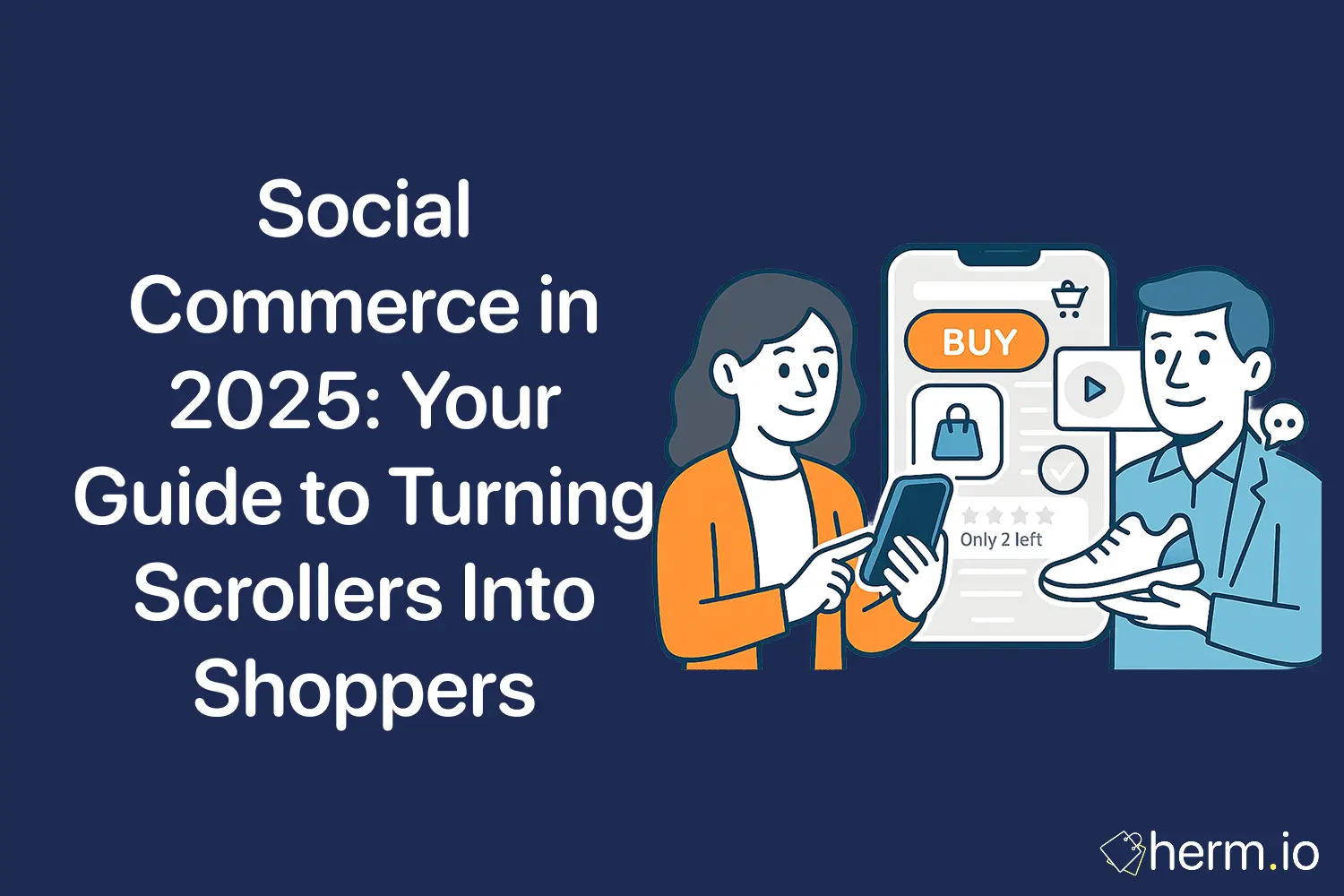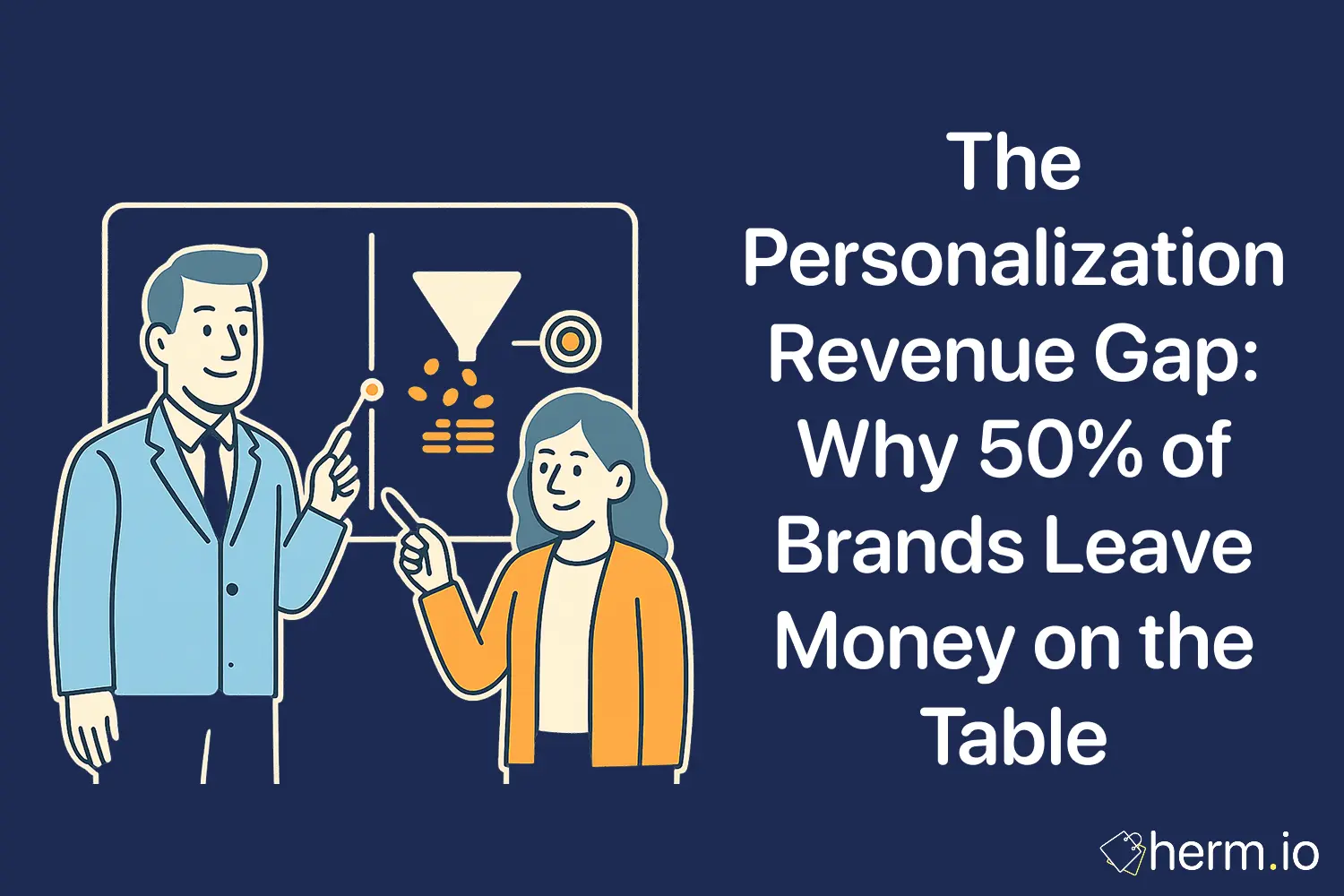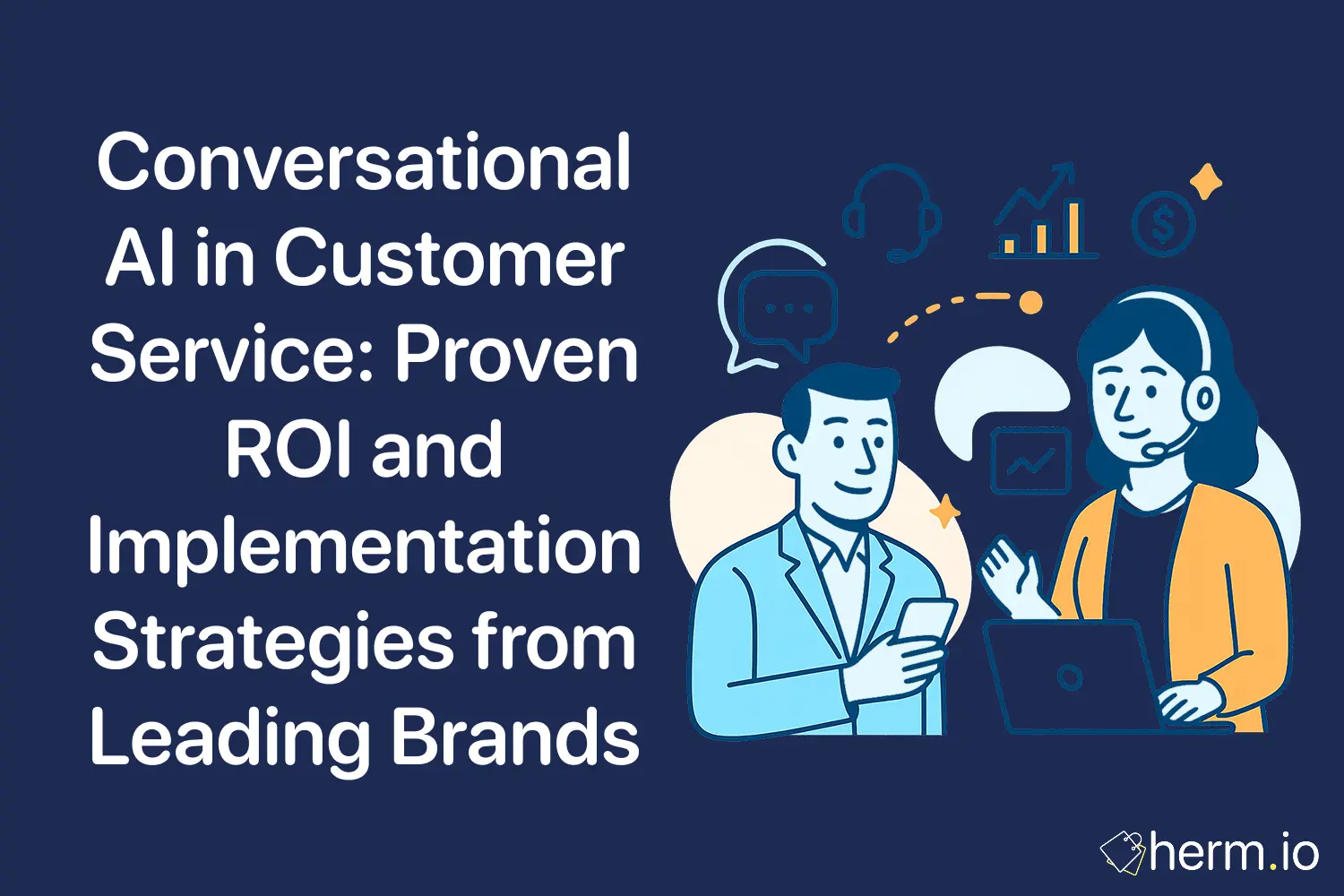
Affiliate marketing didn’t appear out of thin air—it evolved at the intersection of early web economics, simple tracking tech, and a scramble to find cost-effective customer acquisition. A classic Harvard Business Review case study on CDnow’s 1990s playbook helps explain why affiliate models took off when exposure-based banner ads didn’t, and how “pay only when a sale happens” reshaped e-commerce economics.
Before the Web: old idea, new rails
The core concept—paying a commission for referred business—long predates the internet (think catalog referral coupons and sales reps). What changed in the 1990s was the ability to measure digital referrals reliably and pay out only on results. Cookies (introduced by Netscape engineer Lou Montulli in 1994) and simple URL parameters made it possible to attribute a click on Site A to a sale on Site B.
1989–1993: Prodigy, PC Flowers & Gifts, and proto-affiliate commerce
Years before the mainstream web, William J. Tobin experimented on the Prodigy online service with PC Flowers & Gifts, sharing revenue for sales generated via the network. Wired reported at the time that Prodigy helped merchants like “PC Flowers” find new selling ground; Tobin later secured a U.S. patent describing a system for tracking referral partners across hypertext pages—exactly the kind of mechanism affiliate programs still use.
Why it mattered: Prodigy showed that digital partners could drive measurable sales and be compensated per result—an early, pre-web proof of concept.
1994–1999: CDnow, BuyWeb, and the first modern affiliate program
When CDnow launched in 1994, banner ads were priced like magazine pages (high CPMs, fuzzy accountability). Hoffman and Novak’s HBR analysis walked through the math: at typical 1990s CPMs and 1% click/1% conversion, acquisition costs could swell to hundreds of dollars—untenable for most retailers. CDnow’s answer was “BuyWeb,” a program that paid small and large sites only when their links produced a sale. HBR calls this the web’s earliest—and arguably most successful—affiliate/associate program, born from an early linking deal with Geffen Records.
CDnow iterated fast: by the late 1990s it ran the “Cosmic Music Network,” paying 7–15% commissions on a sliding scale and amassing more than 250,000 partner sites—an enormous, low-administration virtual sales force. Because every referral and sale could be tagged, CDnow could compare cost of acquisition to lifetime value by source, something banner CPMs couldn’t offer.
Why it stuck: Pay-for-performance fit the economics of the web. Partners got a way to monetize niche audiences; merchants got predictable unit economics and data-rich attribution.
1996 onward: Amazon popularizes the model
Amazon launched its Associates program in 1996 and scaled it to the mainstream. Amazon even describes Associates as “the first online affiliate program of its kind,” a phrasing that underscores how broadly it opened the gates to the public—even if others had pioneered the mechanics earlier. The core idea—any site can link to products, and earn a commission on qualifying purchases—remains intact today.
Network effects: As Associates and similar merchant programs flourished, dedicated affiliate networks emerged to aggregate merchants and publishers, centralize tracking and payments, and add fraud controls.
- LinkShare (1996) — later acquired by Rakuten in 2005, now Rakuten Advertising.
- Commission Junction (1998) — now CJ, a large global performance marketing network.
- Consolidation followed: ValueClick (now part of Conversant/Alliance Data history) acquired BeFree (2002) and Commission Junction (2003), integrating affiliate tech and scale.
The technology that enabled it
Three simple building blocks made affiliate marketing practical at scale:
- Tagged links & server logs – Unique parameters in URLs tie a click to a partner. (CDnow’s HBR case highlights the move from “impressions” to tracked interactions and sales.)
- Cookies – First implemented in 1994, cookies allowed reliable session and referral tracking from click to checkout.
- Partner interfaces – Merchant dashboards and then networks (LinkShare, CJ) automated onboarding, creative distribution, reporting, and payouts.
From experiment to a standard acquisition channel
HBR’s CDnow study captured a broader strategic shift: marketers diversified across channels but increasingly favored pay-for-performance where possible. Even expensive mass media buys were re-evaluated against the lifetime value of customers. Over time, many deals that started as pure CPM slid toward revenue sharing because conversion and LTV data made the efficiency gap obvious.
Amazon then normalized affiliate links for the general web, while networks professionalized the infrastructure. By the early 2000s, affiliate marketing had matured into a staple of e-commerce growth strategies.
Standardization and disclosure (late 2000s → today)
As affiliate and influencer promotions blended, regulators emphasized transparency. In 2009, the U.S. Federal Trade Commission updated its Endorsement Guides, making clear that material connections (including affiliate commissions) require clear and conspicuous disclosure—rules the FTC has continued to refresh. Amazon’s own program documentation likewise instructs Associates to disclose their status and use compliant language.
A short, balanced origin story
- Earliest internet implementations (1989–1993): William J. Tobin’s PC Flowers & Gifts on Prodigy, with revenue sharing and later patents on tracking—proto-affiliate commerce before the mainstream web.
- First modern web program (1994): CDnow’s BuyWeb, born from a Geffen Records partnership, widely cited in HBR as the first—and a seminal—affiliate/associate program on the web.
- Mainstream popularization (1996+): Amazon Associates opens the model to millions of sites, effectively standardizing affiliate as a default customer-acquisition channel.
However you slice it, affiliate marketing became inevitable once the web allowed end-to-end, verifiable attribution. The winners weren’t just the earliest adopters—they were the companies that aligned incentives (pay for results), instrumented the funnel (track every step), and treated partners like an extensible, data-driven sales force.
Sources
- Donna L. Hoffman & Thomas P. Novak, “How to Acquire Customers on the Web,” Harvard Business Review, May–June 2000. (CDnow’s BuyWeb, economics of CPM vs. pay-for-performance.) Harvard Business Review
- Wired (1993): “This Is Not Your Father’s Prodigy.” (Contemporaneous reporting that mentions PC Flowers’ success on Prodigy.) WIRED
- U.S. Patent 6,141,666 (2000): Method and system for customizing marketing services (William J. Tobin / PC Flowers & Gifts). (Early web affiliate tracking concepts.) Patent Images
- Amazon Associates documentation. (Program origins and current operating policies.) Amazon Seller Central
- Rakuten Group – History (LinkShare acquisition, 2005). Rakuten Group, Inc.
- CJ (Commission Junction) – About Us (Founded 1998). cj.com
- FTC Endorsement Guides – 2009 revision and subsequent updates. Federal Trade Commission

Isla Penelope Brooks
I'm a British data storyteller and analytics specialist based in Munich. As a Technical University of Munich graduate, I transform complex data into meaningful insights. I'm passionate about equity in data and believe in the responsibility that comes with shaping what people see and think through marketing.

.png)








.png)

.png)
.png)
.png)